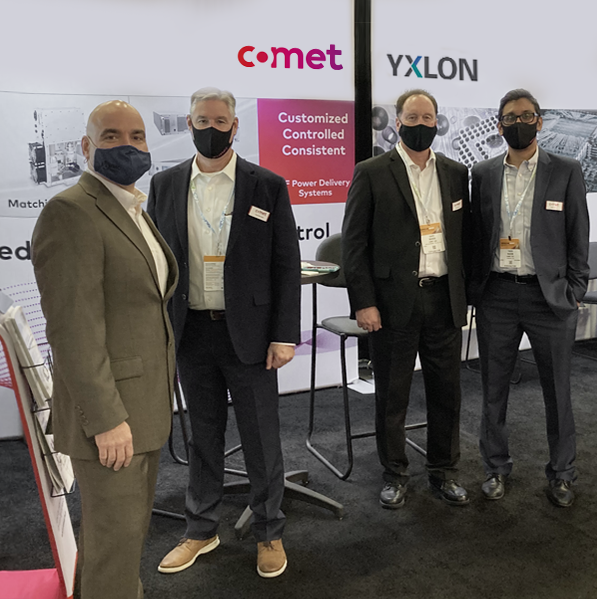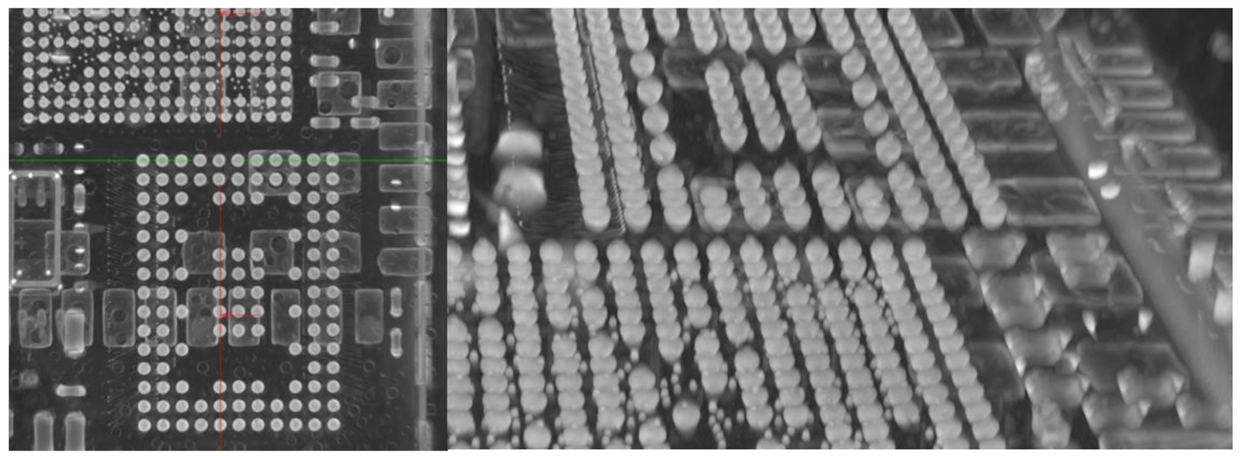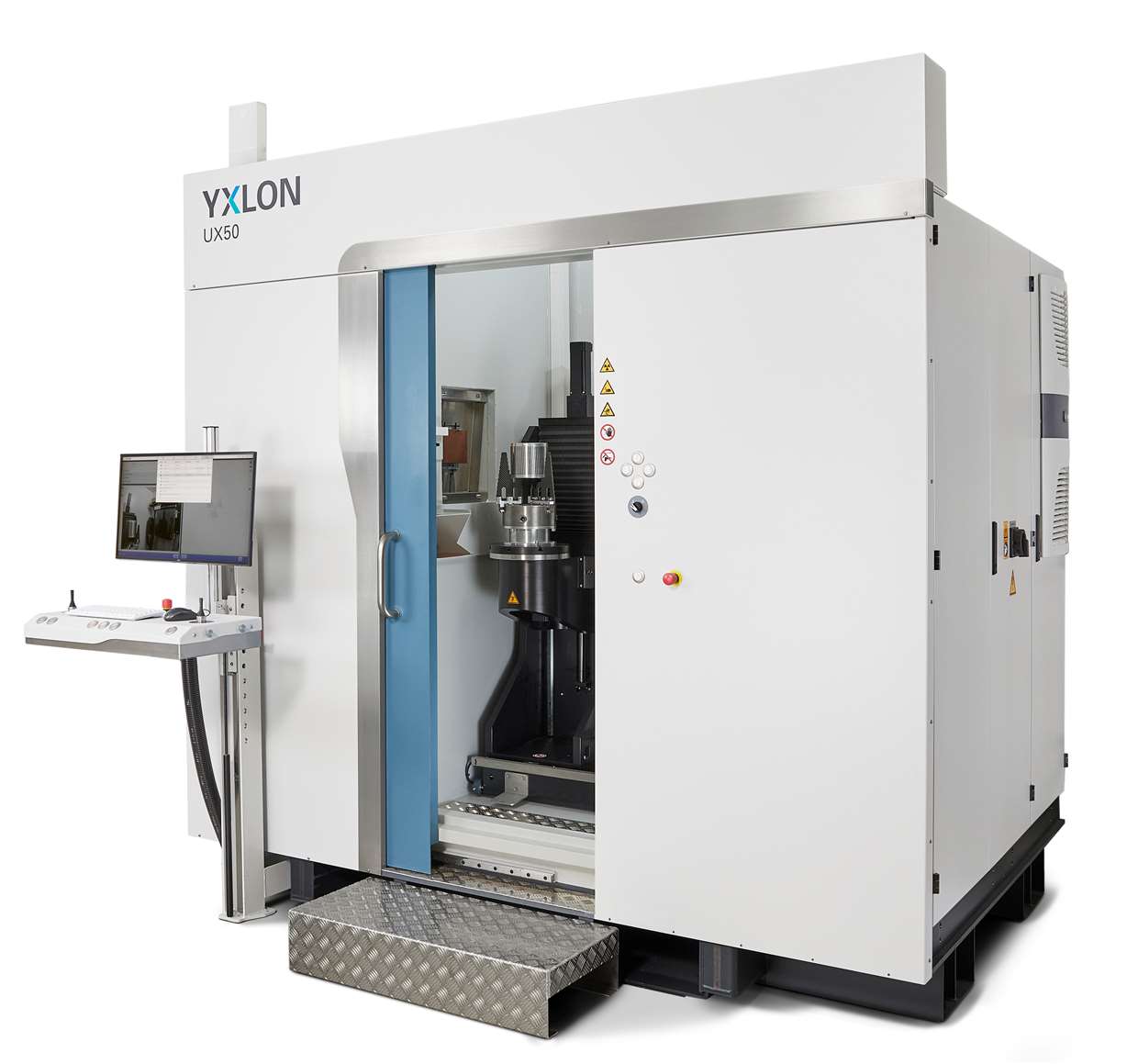Economic
Customer Loyalty and Satisfaction
The needs of our customers determine our actions. As a market leader in high-frequency power and x-ray technology we serve a wide range of customers, from global market leaders to SMEs. Regardless of our customers’ size and business sector, we follow four basic principles in serving each one: Ask what problem really needs to be solved and why; inspire through our expertise; provide or co-create solutions with a clear benefit; and deliver what we promise, while saying early on when we cannot meet a need.
In order for us to deliver on these principles successfully, proximity and customer loyalty are crucial. Besides best-in-class products, a strong R&D organization, local presence with skilled sales and service teams in our key markets in Europe, North America and increasingly in Asia, another pillar supporting sustainable business relationships with our customers is our effective and efficient after-sales support.
Product & Technology Leadership
Serving some of the most innovative customers, we manufacture products at the frontier of what is technologically feasible. With our forward-looking technologies, we strive to be the partner of choice to the most innovation-driven companies in our markets. And we work hard to defend and expand our technology and product leadership in order to remain among the leaders in our markets in the long term.
Product leadership is not defined by technology alone. Rather, achieving it is the result of implementing key strategic decisions such as gaining market leadership for selected products or a focus on standardized products (modular standardization). These strategic issues are regularly aligned with the Technology Committee of the Board of Directors.
To remain the product and technology leader in our markets, we invest between 11% and 13% of our sales in research and development each year. To ensure that these funds are used effectively and efficiently, we employ 242 people in R&D – or about 18% of our total workforce – with proven R&D specialists working at all organizational levels and in all functions.
We measure our targets in terms of market share, on which we collect and analyze data regularly based on internal and external sources. We use other key performance indicators to measure how successfully we sell newly launched products. With the exception of external market share data, these KPIs are presented to and discussed with the Executive Committee at quarterly business review meetings.
Product Impact
Our products can impact society and the environment in many ways. For society, our technologies play an essential role in the manufacturing of semiconductor chips and sensors that are the central building blocks of the digital world. And environmentally, the impact begins with the sourcing of raw materials and continues through the product use stage to the end of the product’s life cycle.
For Comet, assessing environmental impact is becoming more and more important. This is partly because customers are increasingly looking for products that have as little impact on the environment as possible, and partly because, going forward, we will give even greater weight to this aspect in the selection of our suppliers in order to improve our own environmental footprint.
As of 2021, we did not prepare systematic life cycle assessments for our products. However, in our product development process, we take great care to develop durable products that can adapt to new requirements and thus need to be replaced less often. In the x-ray business, our products provide customers with solutions for non-destructive material testing and analysis. In the course of digitalization, this opens up numerous opportunities for us and our customers to optimize products and production processes and thus save resources.
Product Quality & Compliance
The quality of our products and their conformity with all product-related regulations and directives are a fundamental element of our corporate culture and the basis for our business success. Our quality principles are an important argument for our customers. We are committed to providing our customers with high-quality products and services. Our products are competitive, defect-free, safe and environmentally compatible in their application and thus make a decisive contribution to the success of our customers. Therefore, we strive to avoid any risk that could compromise quality. In addition, we are committed to continuous improvement that starts with the planning of new products, activities and processes. Our management sets division- and site-specific quality objectives, provides the appropriate resources and structures and regularly reviews achievement. Internal audits, customer and certification audits, benchmarks and best practice applications help to continuously develop the quality management system.
The process responsibilities are mapped in the management system of the Comet Group. Essentially, product quality and conformity are defined by the divisions, with responsibility assumed by the division country general manager and the accountability lying with the respective country general managers.
Operational Excellence
The Comet Group wants to become more efficient, more flexible, and faster. Our goal is to grow into a highly profitable company with CHF 1 billion in sales and clear market leadership in each of the markets we serve. A key lever in achieving this is the pooling of resources and strengthening of the organization. To this end, Comet launched an improvement program in 2019 involving all employees. Focused on global collaboration, we will continue to improve business and operational excellence.
Operational Excellence is a process set out in the management system, which provides the framework for making Comet a sustainable, high-performing organization. The Group function Quality & Excellence is responsible for the management system, including the process framework and architecture. Within this framework, the following tasks, among others, fall into this area of responsibility:
- Define/implement/improve Group-wide processes in close cooperation with the divisions
- Set minimum standards for non-financial KPIs for the Group and the divisions
- Monitor the state of the overall management system, and prioritize improvements
- Ensure certification and compliance with ISO standards throughout the Group
- Lead the Quality & Excellence Board to drive and support collaboration and execution between divisions and corporate functions
Target achievement is monitored on the basis of defined KPIs such as the number of successfully implemented improvement projects, automated availability of the selected KPIs, and the certification of all Comet sites to ISO 9001.
The Quality & Excellence Board acts as a committee for the person in charge of the Quality & Excellence group function. The Q&E Board supports the VP Global Operational Excellence in implementing projects and initiatives in the divisions and corporate functions.






